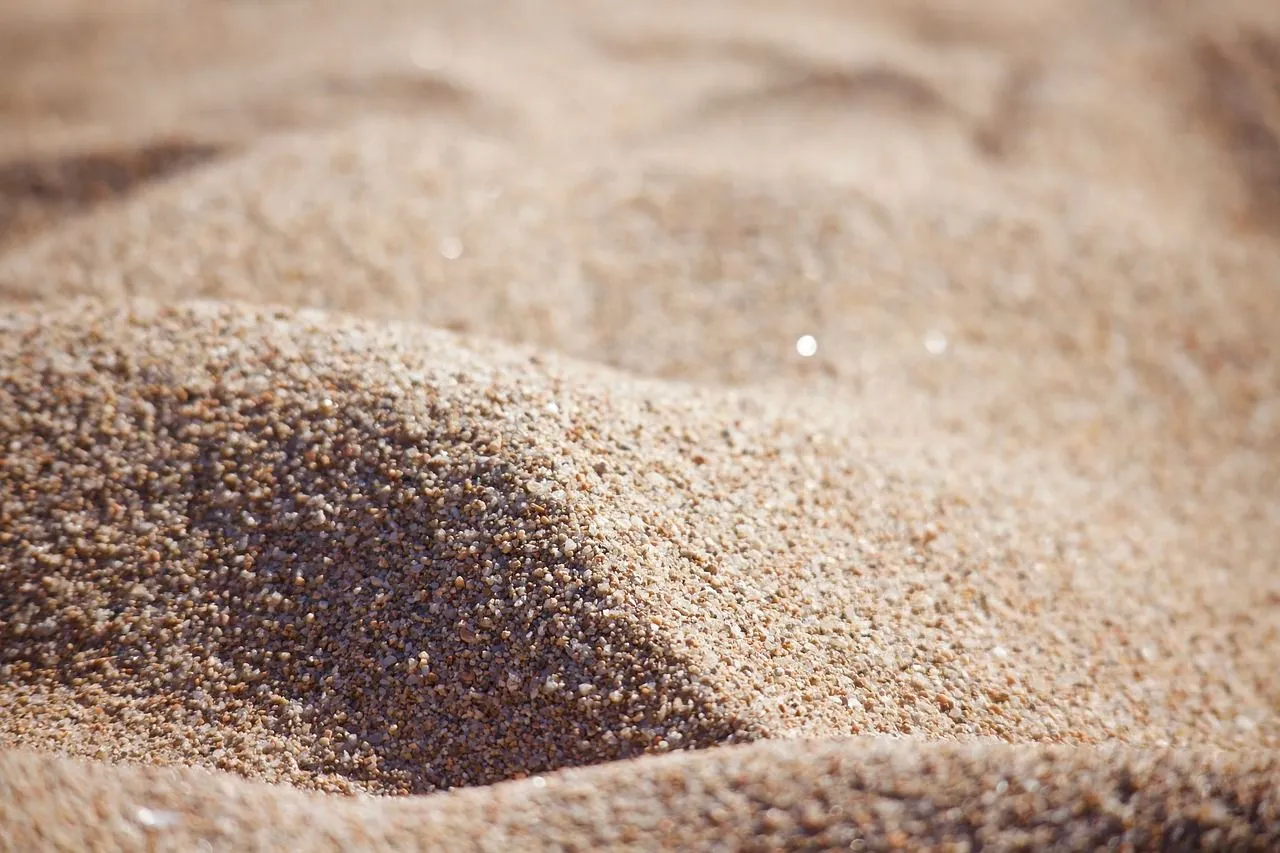Follow us on Google News (click on ☆)
Sand consists of tiny grains, primarily made of silica or calcium carbonate depending on the beach. These grains are excellent at absorbing light and converting it into heat. Unlike water, which has a high heat capacity and takes time to warm up, sand heats up very quickly because it stores little energy before increasing in temperature. This means that in direct sunlight, it can reach over 122°F (50°C) in just a few minutes.

Illustration image Pixabay
Another aggravating factor: color. Light-colored sand reflects more light than dark sand. Volcanic beaches covered in black sand rich in basalt are particularly treacherous, as black absorbs nearly all incoming light, converting it into intense heat. In some cases, ground temperatures can exceed 140°F (60°C), making walking impossible without shoes.
The structure of sand also plays a key role. Each grain has a large surface area relative to its volume, allowing heat to accumulate quickly on the surface. Since air doesn't easily circulate between the grains, the heat doesn't diffuse well downward: that's why if you dig with your hand, you quickly find much cooler sand.
Sand temperature also depends on weather conditions. Clear skies, low wind, and a high summer sun promote maximum heating. Conversely, strong winds or cloud cover can quickly cool the surface. This is why a beach can feel scorching at noon but become bearable again by late afternoon.
For science enthusiasts, hot sand is a classic example of energy transfer by radiation. Sunlight, composed of visible and infrared light, bombards the surface and transfers its energy. This energy transforms into the movement of the particles making up the sand, which we perceive as heat.
From a practical standpoint, there are a few tricks to avoid burning your feet. Walking near the water, where the sand is damp and cooler, is the simplest solution. You can also wear sandals or, for the more playful, dash from towel to towel. More pragmatically, lifting the surface sand with your toes before stepping will make you walk slower, but you'll move forward without pain.
Beyond discomfort, burning hot sand can cause real burns, especially in children or people with sensitive skin. In places where temperatures reach extreme levels, like some tropical or volcanic beaches, it's even advisable to wear closed-toe shoes.
This phenomenon, commonplace for regular beachgoers in summer, reminds us that our environment reacts quickly to solar energy. A grain of sand heated by the Sun, however tiny, tells in its own way the story of our planet, which lives by the rhythm of this light traveling from 93 million miles (150 million kilometers) away.